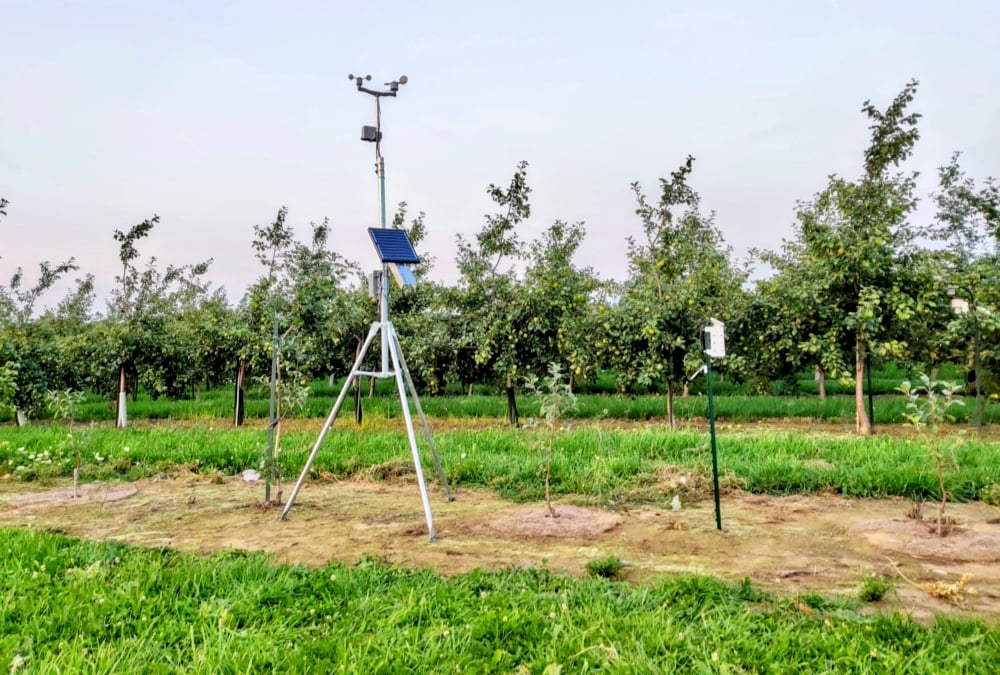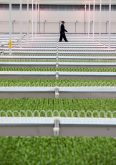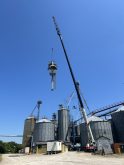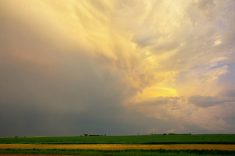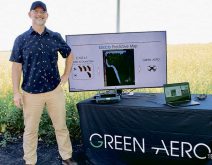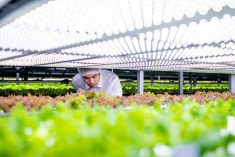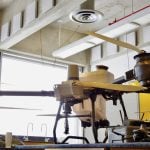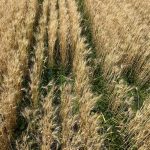A Niagara-region start-up is offering field-specific, real-time weather data and spore collection to help farmers with smart fungicide scheduling for orchards and vineyards.
Founded by three University of Waterloo mechatronics engineering graduates, Maesos Technologies Inc. uses a two-part approach of climate sensors and airborne fungal spore samplers to help growers make decisions on when and how to spray to prevent fungal diseases in their crops.
Why it matters: Data that identifies future disease risk and ideal spraying days helps prevent disease, leading to better crop yield and quality and reducing crop protection costs.
Read Also
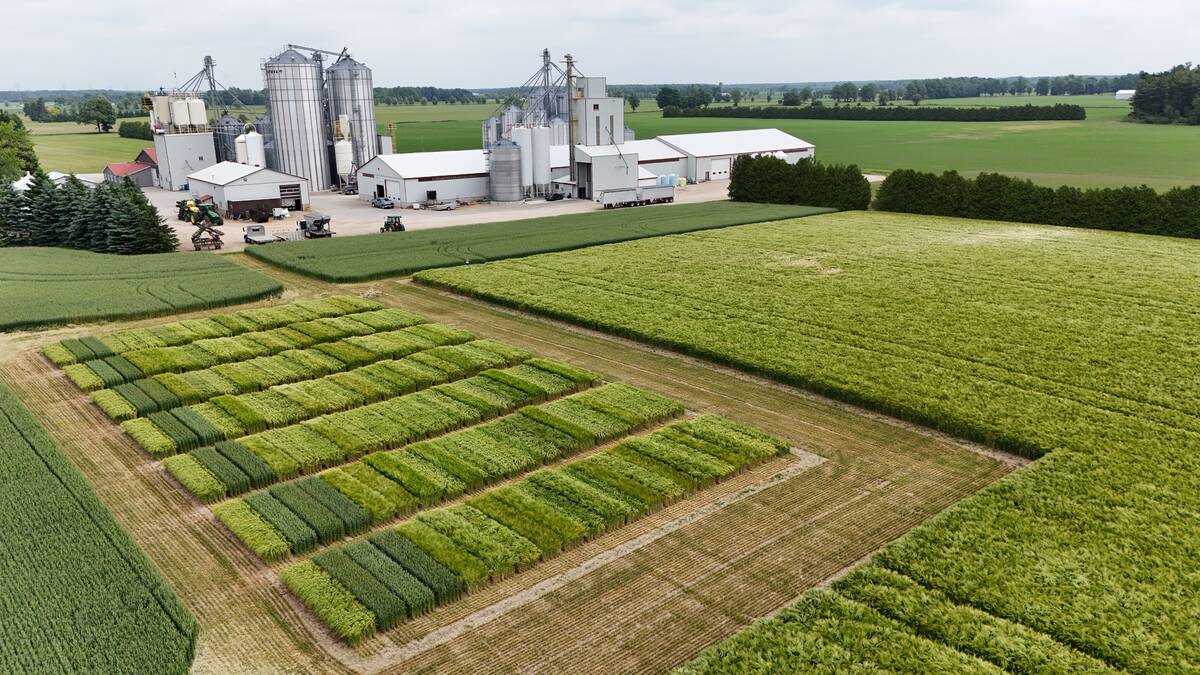
Winter cereals beyond wheat gaining traction
Winter cereals such other than wheat, such as barley, could provide better yield and rotation options for Ontario growers.
“We’re really trying to bring the barrier to entry down for this type of technology, to make sensors lower cost, automate the collection and processing of data, and make it easier to interpret,” said CEO and co-founder Jack Paduchowski.
He and his co-founders, Kurtis Eisler and Brandon Chan, met at the University of Waterloo, where all three gained experience working with remote sensing and IoT applications in various industries through co-op placements.
Their vision was to start a company to apply some of that knowledge, and with Eisler growing up on a southern Ontario cash crop farm and Paduchowski’s family owning a small vineyard in Niagara, they saw an opportunity in the agriculture sector.
“When we were first thinking of farming, we were thinking about drones and robot technology but after interviewing a lot of farmers, we found that fungal diseases were a big issue,” said Paduchowski. “Vineyards and orchards are spraying a lot for fungi and can have high disease pressure so that was a good place to start to help find a low-cost solution.”
The team began by developing their own weather sensors and setting up small weather stations so growers could access field-level data specific to their locations instead of depending on nearby public weather monitoring.
Their technology monitors microclimates with base weather stations and a network of smaller sensors called leaf nodes that can be placed as far as one kilometre away from the base to monitor temperature, humidity and leaf wetness.
Maesos now operates a weather network for Grape Growers of Ontario, as well as for the Norfolk Fruit Growers Association, a grower cooperative in Norfolk County.
Dave Petheram is the chief operating officer at Schuyler Farms, a large apple and sour cherry orchard in Simcoe that also grows cash crops, produces sheep and runs an innovative silviculture (woodland management) program. He manages Schuyler Farms’ sensor network and administers Maesos stations for fellow co-op members in Norfolk County.
He uses the data generated by the Maesos network in two ways. In spring, localized weather data helps manage frost risk by knowing when to turn on frost fans and irrigation to protect blossoms. Later in the season, temperature, rainfall and leaf wetness data is used to model pests and make decisions on spraying to prevent diseases and pests.
“The main goal is looking at a dashboard of hundreds of sensors and be able to make good farm management decisions, like maybe a field or an orchard 10 kilometres away didn’t get rain so maybe we don’t need to spray there. The dashboard saves the time of driving out there to assess,” Petheram said.
“It comes down to more efficient decision-making at scale. It allows us to have more local information and to know that we are making the right decision,” he adds. “There are already restrictions on what (products) we can use, so if we can build better tools for better decisions, that will be a competitive advantage.”
Maesos is also expanding into fungal disease monitoring, with samplers that trap powdery mildew spores from the air. Those cartridges are replaced twice a week and sent to a lab, with the results uploaded to the grower dashboard.
“The fungal spore sampling is still very hands-on, so we want to reduce the number of steps (involved) to be more real-time,” Paduchowski said.
They’re also investigating applications for greenhouse production that would enable growers to detect the presence of diseases like botrytis more rapidly.



